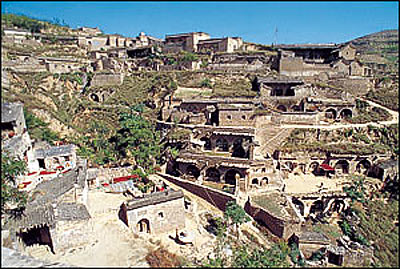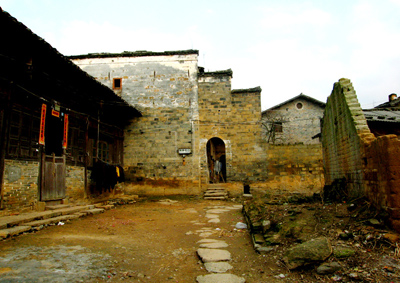China to survey ancient villages for better protection
Abstract:
Chinese cultural heritage experts will launch a nationwide survey of the country's remaining ancient villages early next year as part of the Ministry of Culture's efforts to improve preservation. Members of local folk literature and art societies will compile a record of China's oldest and most distinctive villages by taking photographs and writing descriptions of each.
Chinese cultural heritage experts will launch a nationwide survey of the country's remaining ancient villages early next year as part of the Ministry of Culture's efforts to improve preservation.
Members of local folk literature and art societies will compile a record of China's oldest and most distinctive villages by taking photographs and writing descriptions of each, according to Chang Sixin, vice chairman of the China Folk Literature and Art Association.
A book will be published before 2012 based on the survey results.
The survey is part of a decade-long cultural heritage protection program launched in early 2003 by the Ministry of Culture, aimed at establishing lists of heritage sites and protecting them.
There are at least 100 ancient villages across the country that have a history of about 500 years along with distinctive architecture and folk customs, according to Zhang Anmeng, secretary-general of the China Ancient Village Conservation and Development Committee.
One such village is Lijiashan, named after a Li family in Shanxi. The village, located on the Loess Plateau near the Yellow River, has more than 400 cave dwellings and dates back to approximately 500 years ago.
Residents in some of these ancient villages have been living in poverty due to their remote locations.
"They also desire a better life," said Zhang. "It is impossible, and also unrealistic, to conserve all the ancient villages in a rapidly developing society."
"So far, many beautiful old villages are either still unknown to the outside world, or have been destroyed to make way for new construction projects. Others are being threatened by serious damage," said Chang, who is also chairman of the Shanxi Provincial Folk Literature and Art Association.
"Therefore, it is urgent we conduct a survey on the distribution and condition of these villages," Chang said.
"Each door in an old village tells a story and each residence is a textbook," he said.
The survey will last from January 2008 to December 2010.
(Xinhua News Agency November 8, 2007)




